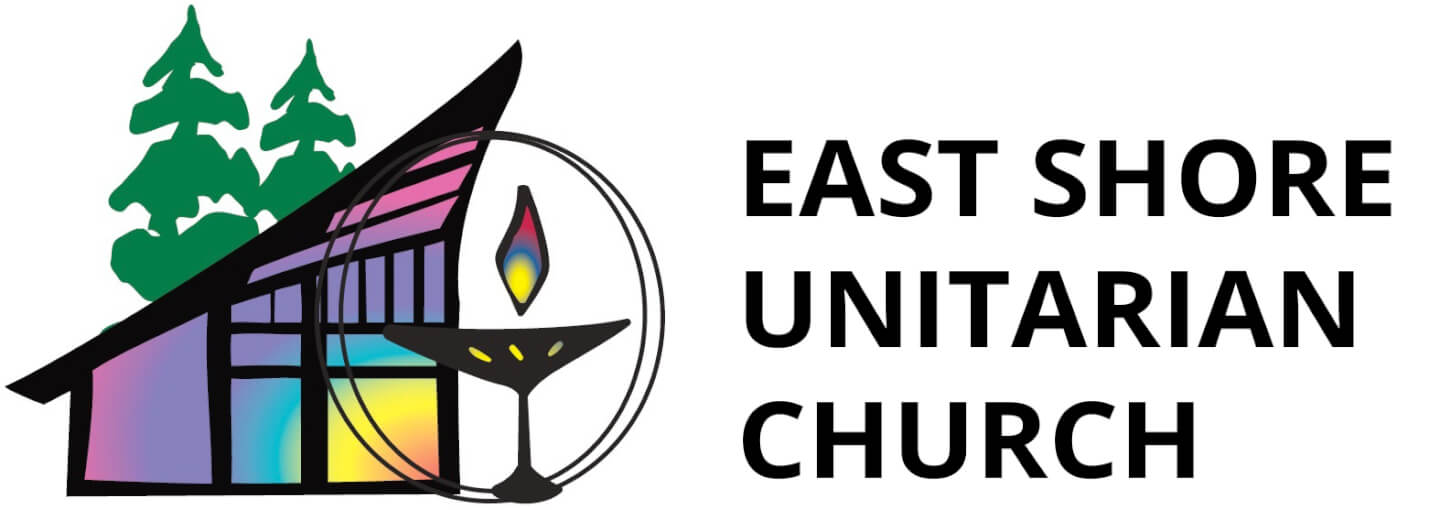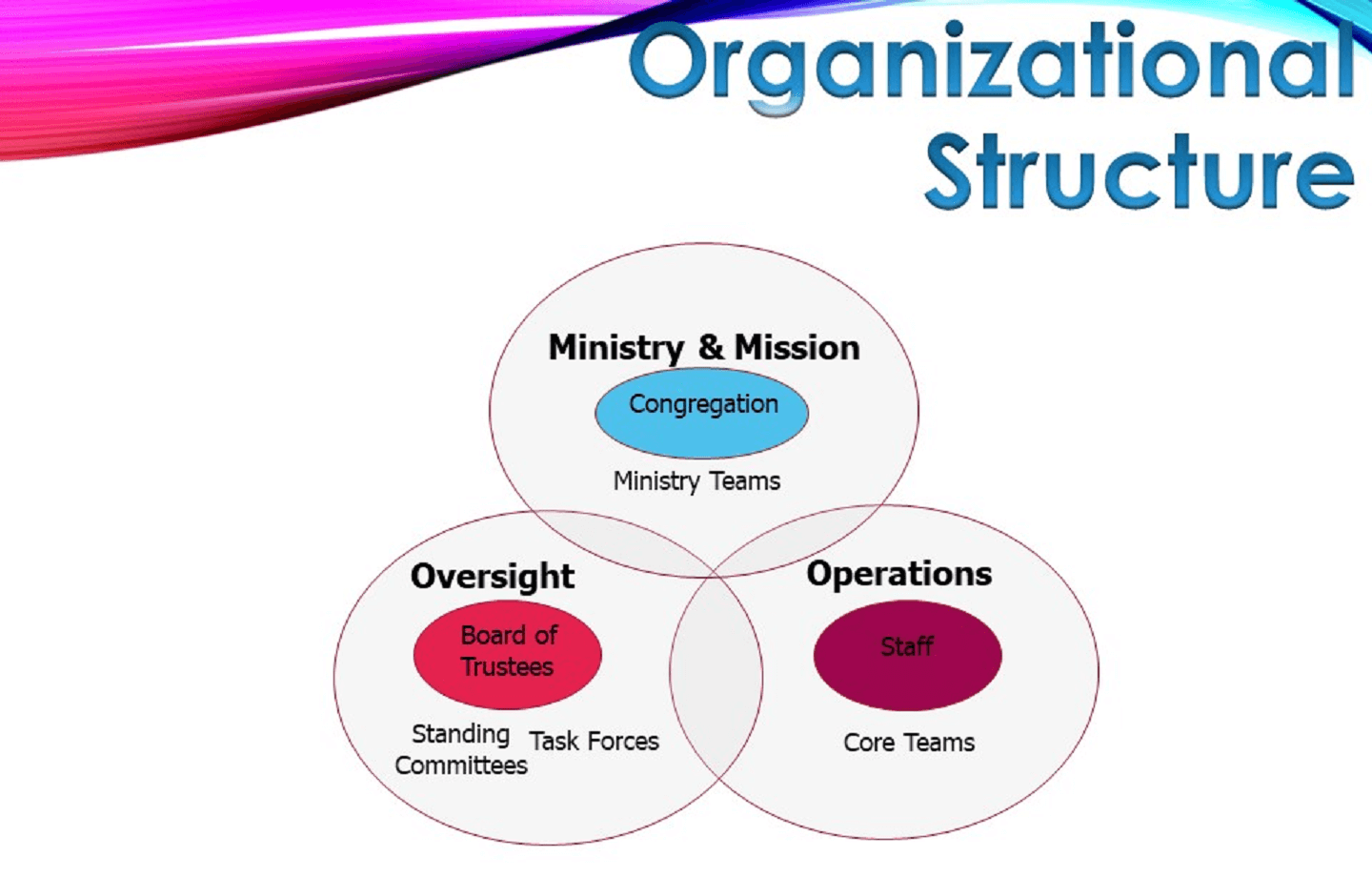You may have seen or heard the term “Policy-Based Governance” around East Shore, and wondered what it means. East Shore has, for a number of years, followed the Policy Based Governance (PBG) model of polity (church governance). PBG structures how things get done in an organization, and who does what. According to PBG, there are two parts to this structure:
Governance
Governance is embodied in the elected and representative Board of Trustees (BOT) and its designated committees and task forces. They keep their fingers on the pulse of the congregation and work on its behalf. The BOT is tasked with reviewing, guiding and monitoring the policies and actions of the church to assure everything aligns with the mission, vision, goals and core values the congregation has established.
Ministry
The ministry of any religious organization is front and center in people’s perceptions. It is what draws congregants in and gives them sustenance and support. Ministry extends beyond the person of the “Minister” to include all staff as well as lay people on teams and in other similar roles. Together they do the work to support the church’s mission and vision – the work to build community, manage resources, and transform lives.
In simple terms, governance establishes the goals, ministry finds the means. Together these two parts coordinate and balance the work that needs to get done.
Practically speaking, this means the Board does not get involved in the day-to-day operations and related decisions of running the church and managing its finances and other resources; oversight and broad direction is its role. The Board can, therefore, focus its energies on continuing to take the pulse of the congregation, guide us in fulfilling our mission and vision, and monitor our progress.
It also means staff, ministry teams and volunteers, who are closest to the resources, limitations and mechanics necessary to get any work done, have clear direction to align their actions and decisions with the congregation’s mission and vision. They also have the trust and space to do that in the most collaborative and optimal way.
In this model, your Board of Trustees can be more directly focused on what the congregants want and need. The Board of Trustees and its committees are not only open to, but in need of, your input on any and all areas of congregational life. This church, its mission, values and resources belong to all of us. We are fortunate to have found such an open and welcoming spiritual home.
by Lori Saccardi

